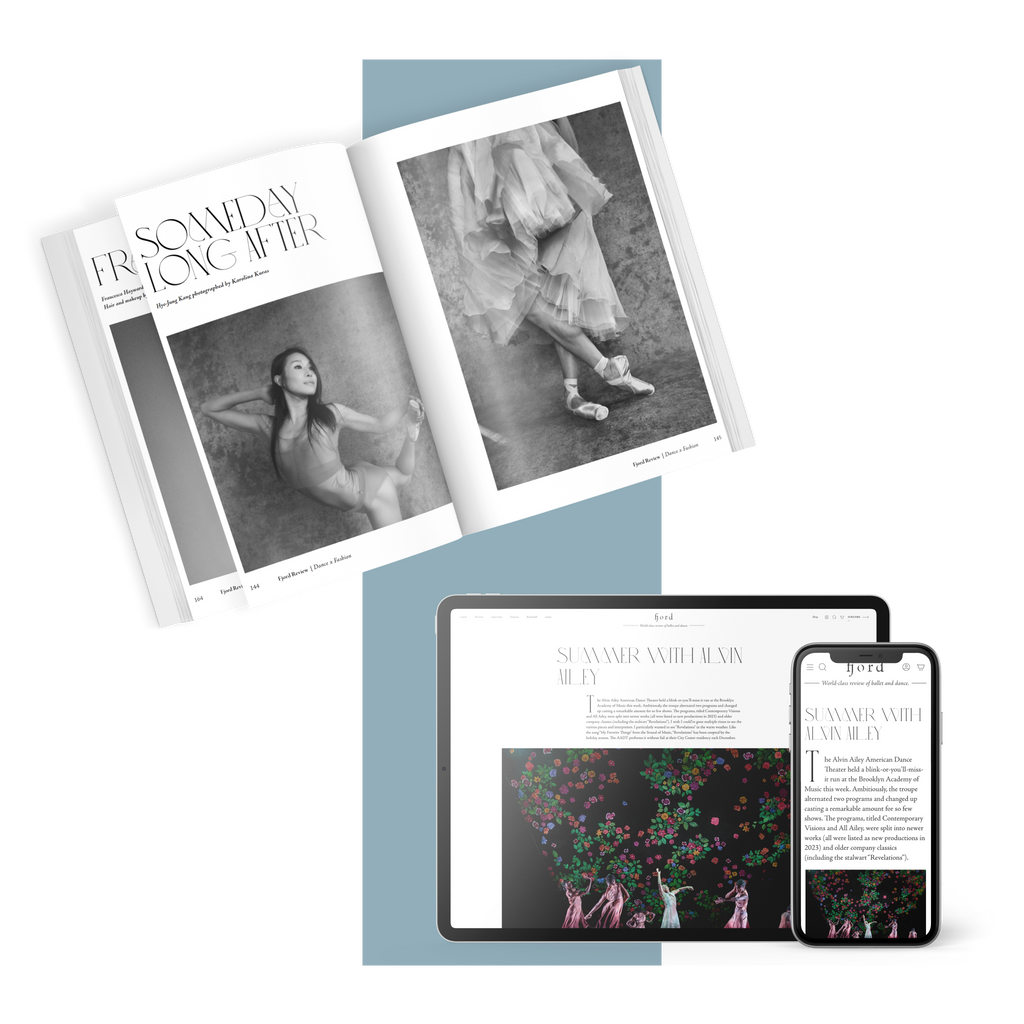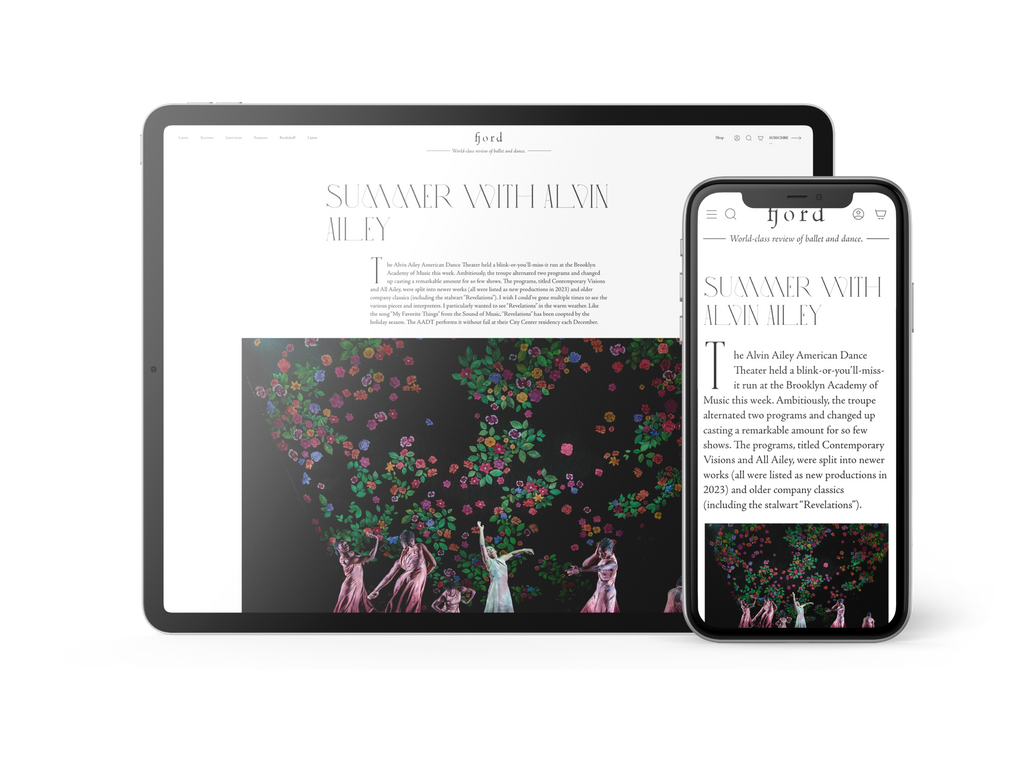Natural Histories
Miriam Miller steps into the center and raises her arm with deliberation, pressing her palm upward to the vaulted Gothic ceiling of the cathedral.
Plus
World-class review of ballet and dance.
This year’s Edinburgh Festival Fringe recorded its fifth highest attendance in its history, a different reality from the ghostly years of the Covid-19 pandemic. But the cost-of-living crisis and the strain the arts sector in Scotland has been under in recent years was still there. Notably within the dance sector, this was most apparent at Dance Base, where Assembly Festival, one of the bigger venue operators, collaborated with the dance house to co-curate the programme and help alleviate costs. While it was great that Assembly was able to support Dance Base and its artists to continue to put on their shows, it was still slightly strange seeing the red Assembly branding next to the (newly rebranded) purple colours of Dance Base.
Performance
Place
Words



Starting at $49.99/year
Your weekly source for world-class dance reviews, interviews, articles, and more.
Already a paid subscriber? Login

Miriam Miller steps into the center and raises her arm with deliberation, pressing her palm upward to the vaulted Gothic ceiling of the cathedral.
PlusIn a series called “Just Dance” on Nowness—a site I sometimes visit to see what’s up in the world of “genre busting” dance films that make it onto this stylized platform—I sometimes find little gems that quietly rock my world.
PlusBack in October, New York City Ballet got a new cowboy. His arrival occurred in the final section of George Balanchine’s “Western Symphony.”
PlusWhen Richard Move enters from stage left, his presence is already monumental. In a long-sleeved gown, a wig swept in a dramatic topknot, and his eyes lined in striking swoops, the artist presents himself in the likeness of Martha Graham—though standing at 6’4, he has more than a foot on the late modern dance pioneer.
Plus
comments